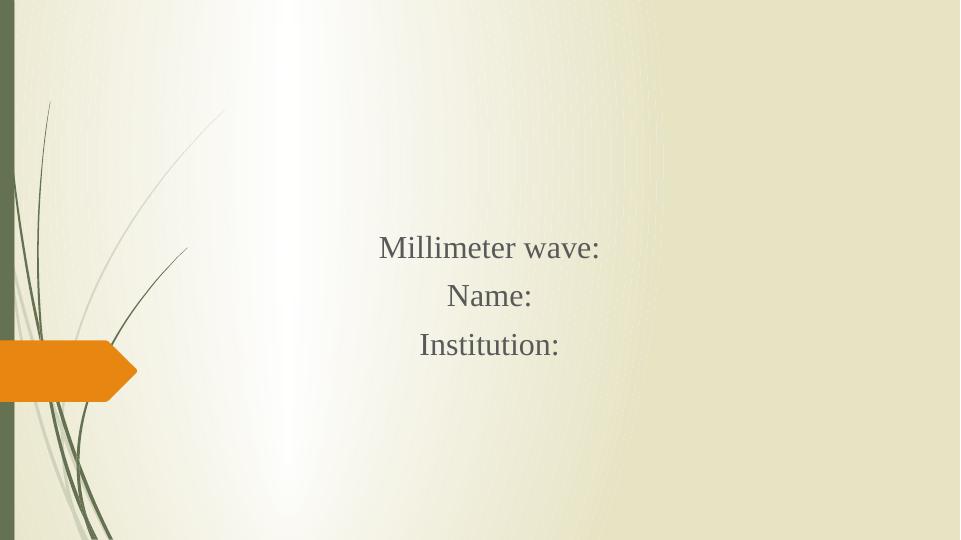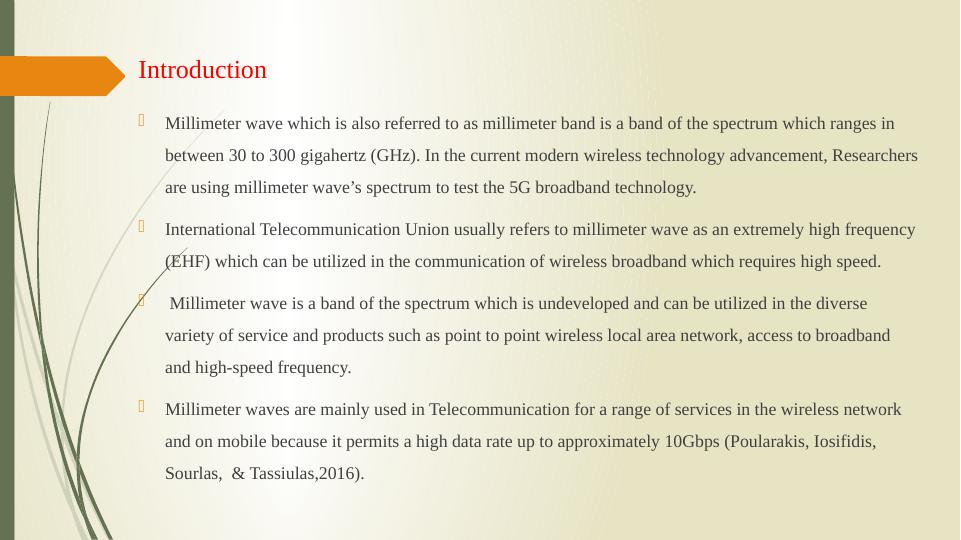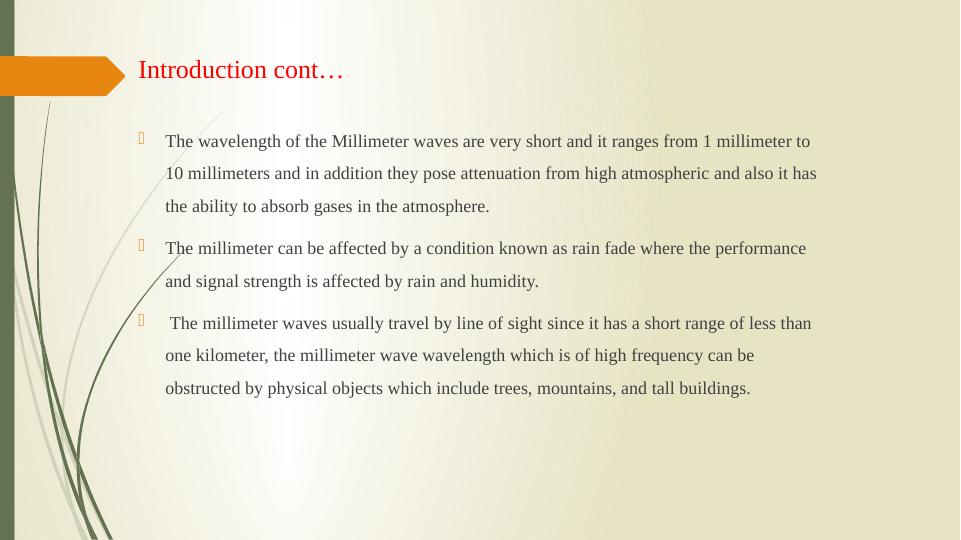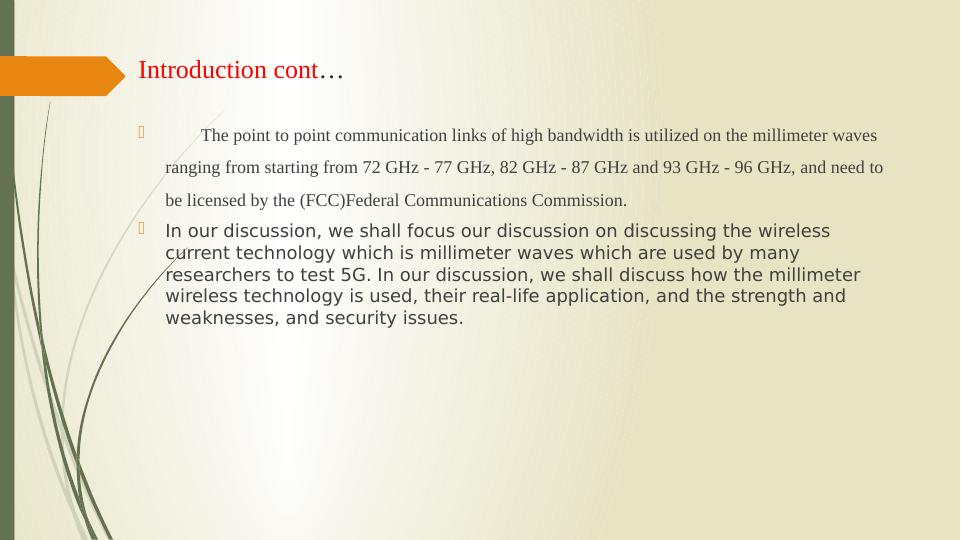Millimeter Wave: Uses, Strengths, Weaknesses, and Security Issues
Added on 2022-11-26
17 Pages2245 Words242 Views
End of preview
Want to access all the pages? Upload your documents or become a member.
Wireless Metropolitan Area Networks (WMAN) Technologies.
|6
|856
|171
Optical 5G Fronthaul (Microwave Photonic)
|9
|2048
|57
5G New Radio in Wireless Communication
|12
|3714
|455
Analysis on 5G Communication System
|7
|1578
|1
Theory to Practical Hardware Design Research 2022
|18
|15810
|45
The Received Signal Level (RSL) Tasks 2022
|5
|2049
|35




